-
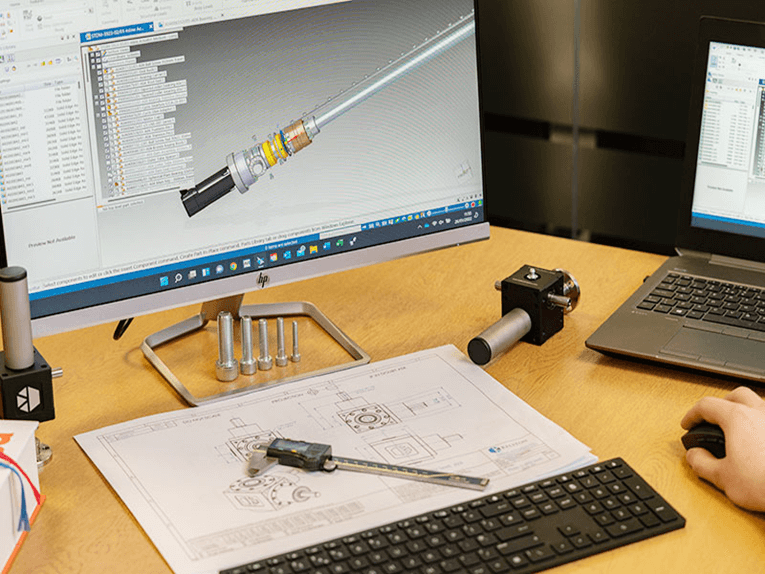
Screw-driven or belt-driven linear actuator?
How to choose the right linear actuator? Linear actuators are an important element in automation and mechanical engineering and help with a variety of tasks, from simple to extremely complex ones. Picking the right one is very important, since linear actuators and linear slides can be driven in ...Read more -
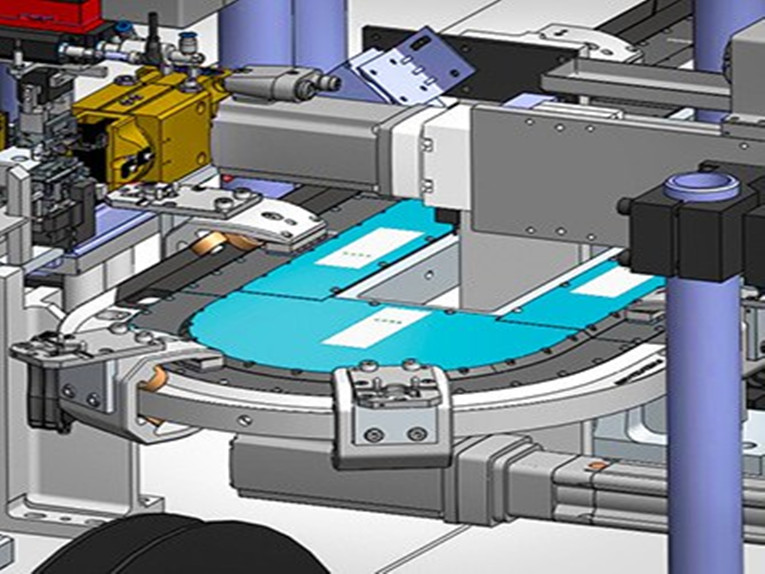
Multi-axis Stages and Tables: Manufacturer Involvement and Software Yield Turnkey Motion Systems
There’s increasing demand for stages, tables, gantries, and indexing tables with simplicity or turnkey operation — largely because of industry moves toward focused expertise and abstraction. No wonder that motion-system manufacturers are now doing more integration for plant engineers and OEMs. A...Read more -
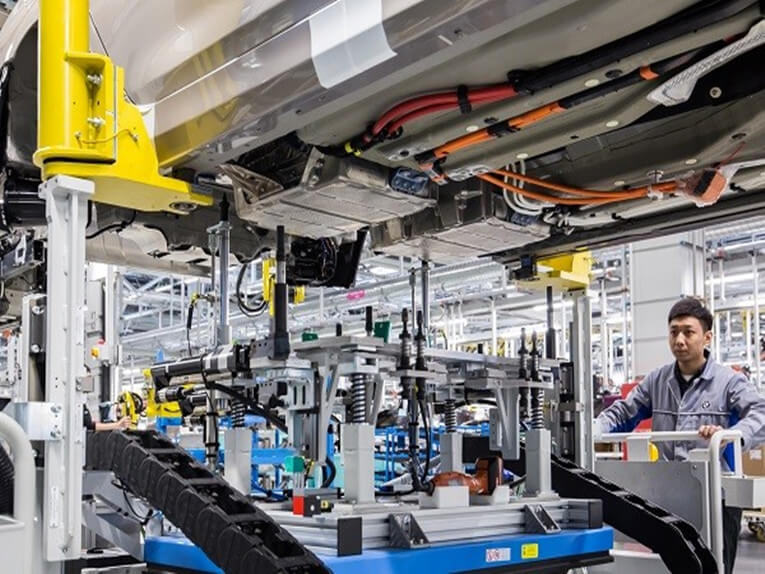
What’s the difference between a vertical lift stage and a Z axis actuator?
In many applications that require vertical motion, a Z axis actuator is combined with one or two horizontal axes in a Cartesian or gantry-style arrangement. In these multi-axis configurations, the moved load is mounted to the Z axis via a bracket, creating a moment load that affects not only the...Read more -

How are multi-axis sensors improving product development?
With a multi–axis sensor design, a single load cell sensor can measure 3 axes of force and 3 torque moments simultaneously. These sensors consist of multiple bridges that precisely measure the applied force from one direction with minimal crosstalk from the other axes. Using a multi-axis sensor,...Read more -

Selecting the Proper Motor for Linear Motion Applications
Linear motion systems are found inside countless machines including precision laser cutting systems, laboratory automation equipment, semiconductor fabrication machines, CNC machines, factory automation, and many others too numerous to list. They range from the relatively simple such as an inexp...Read more -
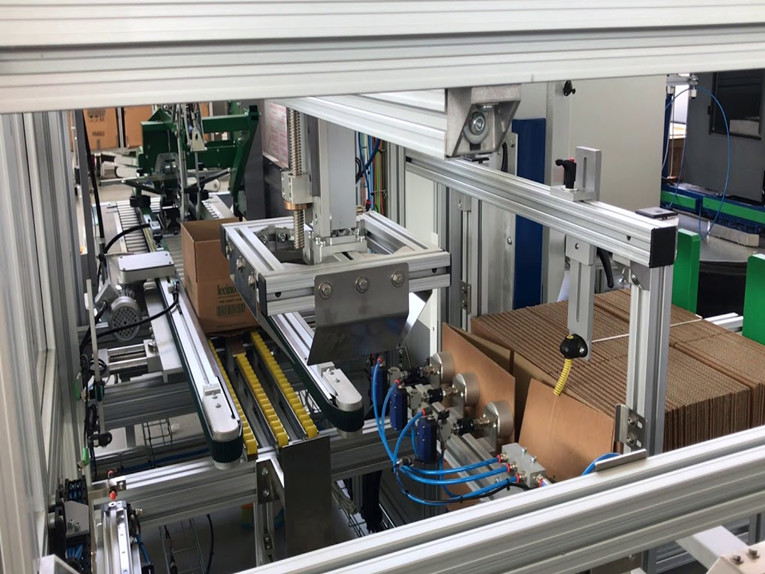
How to Move Medtech Manufacturing into the Future
“Factory of the future” systems can enable expanded and more versatile automation solutions, allowing device manufacturers to build their process steps, process speed and process cycles around the system’s capabilities. Medical device manufacturing processes tend to be highly regulated, requirin...Read more -

Total cost of ownership for linear motion
You may not realize it, but many of the products you buy actually cost a lot more than the initial price you paid for them. For example, let’s say you paid $25,000 for your vehicle. How far do you drive and how many gallons of gasoline do you use each week? How often do you change the oil,...Read more -
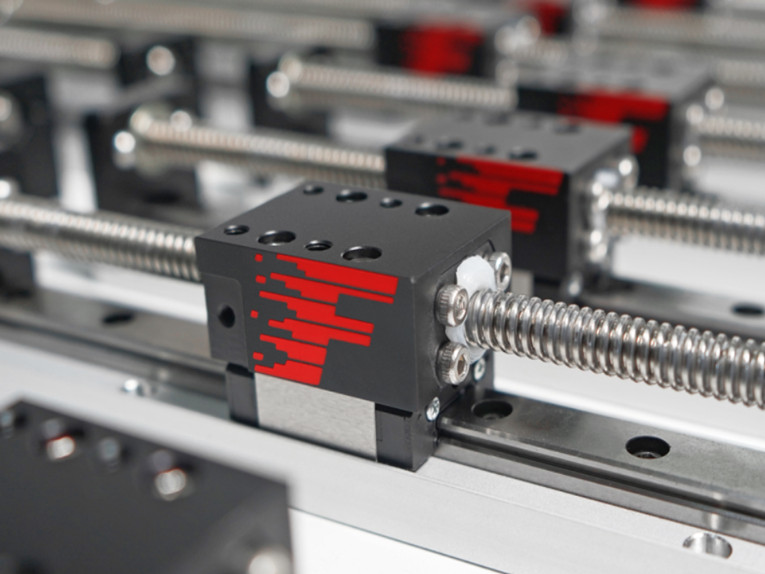
A Guide to Stainless Steels for Linear Motion Components
For applications that involve corrosive environments, designers of linear motion systems can take precautions such as using covers to protect vulnerable components, ordering parts with special coatings or platings, and strategically placing sensitive components within the machine or system to mi...Read more -
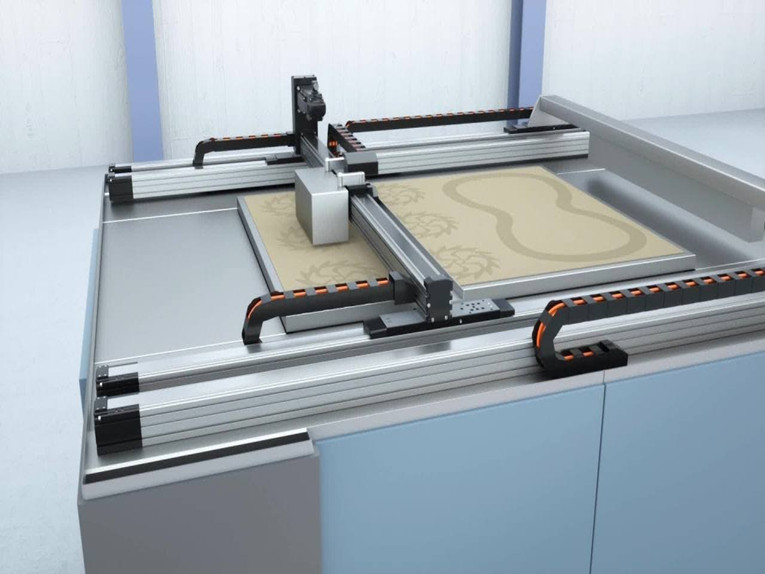
What is Linear Motion Design Engineering? Technical Summary.
Linear motion is an area of motion control encompassing several technologies including linear motors, linear actuators, and linear rolling guides and bearings, among others. Linear motors — an accurate option Traditional linear motors are basically a permanent magnet rotary motor rolled o...Read more -
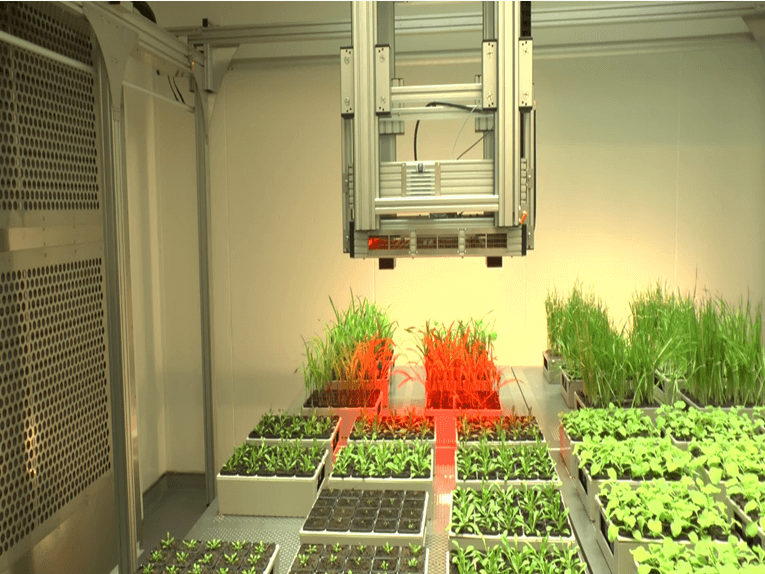
What’s the difference between moment and torque in linear motion applications?
In linear motion, we often deal with applications that involve forces applied at a distance from a linear guide — referred to as cantilevered, or moment, loads. In these cases, we’re concerned with guide’s moment load capacity, or its ability to resist rotating. But we also deal with components ...Read more -
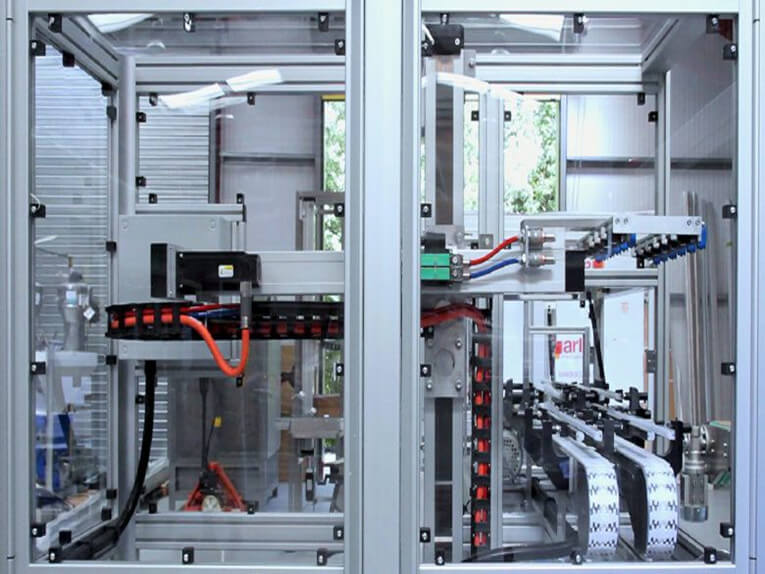
Smart Mechatronics Add Capabilities to Linear Motion Applications
Today’s manufacturing system OEMs and automation end users are constantly seeking technology advancements to help make their lives easier. Industry 4.0 innovations have spurred a new class of smart technologies that combine digital electronics and communication interfaces for more sophistication...Read more -
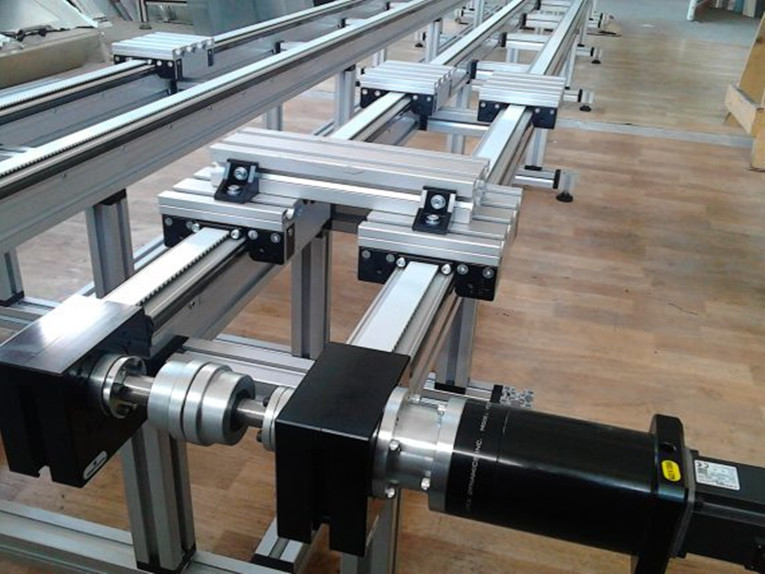
How to Make Linear Motion Systems Cleanroom Compatible
While we often talk about the importance of keeping contamination out of linear motion components such as linear guides and screws, when these systems are used in a cleanroom, the goal is just the opposite — to keep these components from introducing contamination into the environment. What exact...Read more







